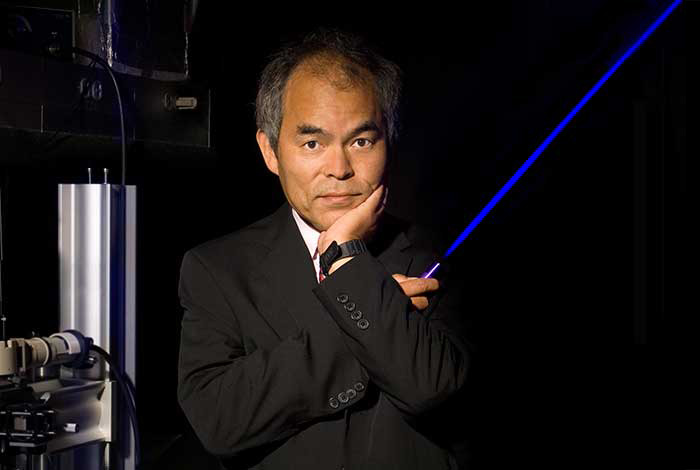TESLAbikář Volume 21 - History of lighting, Volume 3
In the previous parts of our narrative, we have come a long way from prehistoric fires to the inventions of the Industrial Revolution to the electrification and innovation of the 20th century. Today we delve into the fascinating present, where light takes on a whole new dimension and becomes an intelligent companion to our lives.
LED technology: the silent revolution
The story of LED lighting is an example of the long journey from discovery to revolution. Although the first LEDs saw the light of day in the 1960sbut their true potential only became apparent with the arrival of the new millennium. The turning point came when a Japanese scientist Shuji Nakamura invents the blue LED. This discovery opened the way for the creation of white LED light and started a revolution in lighting. For his research then won the Nobel Prize in 2014.
In recent decades, we have witnessed a remarkable transformation. LED technology has achieved incredible efficiency over 90 %which is in stark contrast to only 5 % for conventional bulbs. The lifetime of these modern light sources has been extended to incredible 50,000 hours - that's like having the light on continuously for almost six years!

Light gains intelligence
With the advent of the digital era, light has become more than just a means to banish darkness. The concept of smart lightingthat can respond to our needs and adapting to our rhythm of life. Modern systems can now mimic natural daylight, it automatically adapt to our activities and even communicate with other devices in the home. However, the true potential of smart lighting is only now becoming fully apparent as AI technologies become a common part of our homes.
OLED and a future without borders
Technological advances have not stopped with LEDs, however. Organic LED (OLED) panels open up completely new possibilities in lighting design. Their thin and flexible design allows us to create light sources in forms we could not have imagined before. Along with them come other innovations such as quantum dots, which further improve the quality of light, or LiFi technology using light to transmit data.
Vision of tomorrow
The future of lighting promises an even closer connection to our lives. Researchers are working on biologically active lightingthat can adapt to our natural biorhythms and support our health and well-being. Systems are emerging ambient intelligence, where light intuitively responds to our presence and activity.
The great challenge of our time is minimisation of light pollution. Modern technology allows us to design lighting to provide the light we need where it is needed, but without disturbing night-time ecosystems or obscuring the view of the starry sky. In addition, the combination of LED technology with renewable energy sources opens the way to energy self-sufficient lighting systems.
Conclusion
We are on the threshold of a new era, when light ceases to be a mere tool and becomes an intelligent companion to our lives. As new technologies continue to evolve, we can expect more fascinating discoveries that will push the boundaries of what is possible and bring light into our lives in ways we may not even imagine today.

